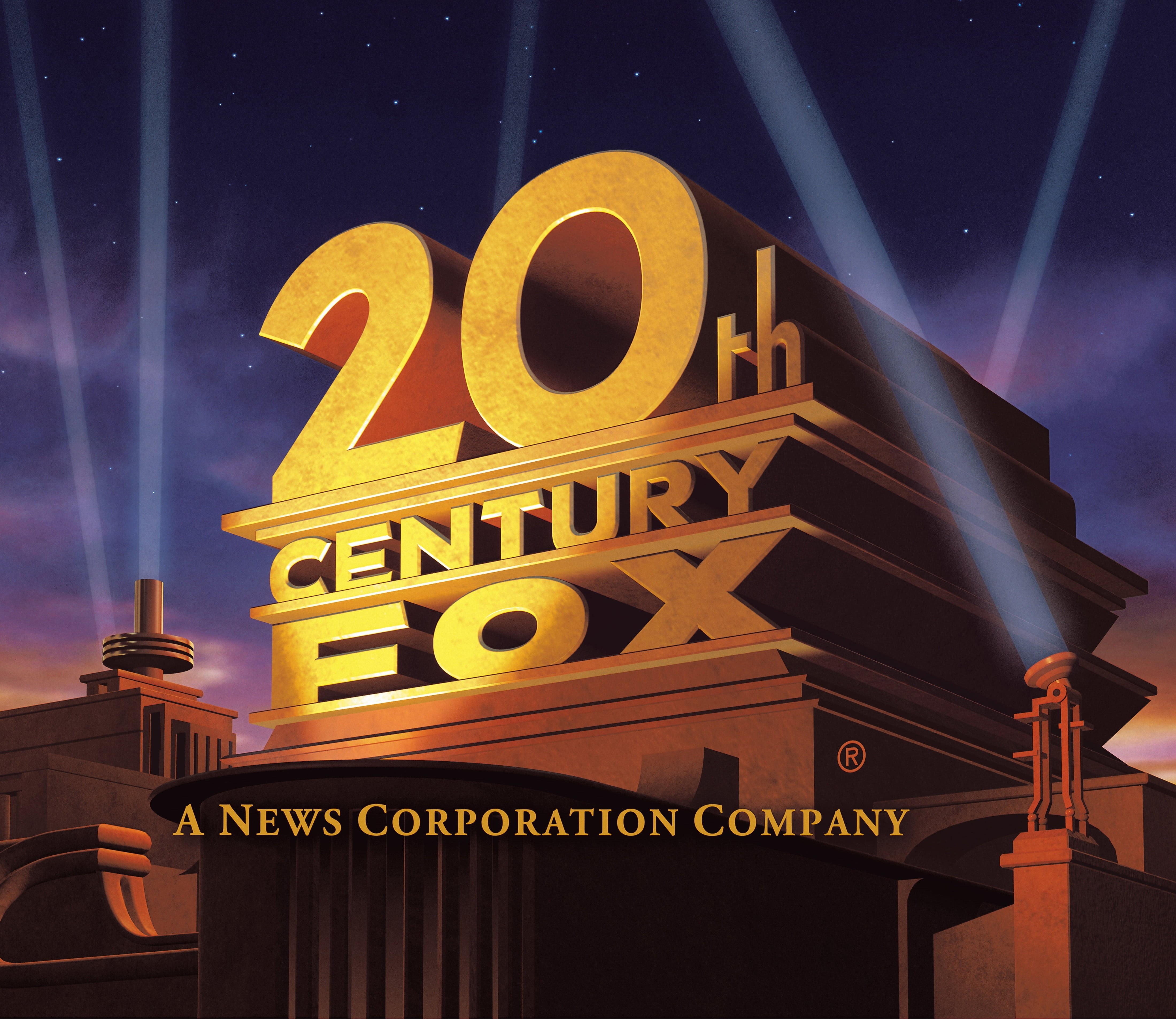The Film Chain
The film chain goes through 4 main stages: Production, Distribution, Marketing and Exhibition.
Production
1. Pre-production: This is where the planning for each step shown in the diagram happens.
2. Production: At this stage all the filming is carried out and the strength of pre-production planning is tested. Directors must make sure at this point everything that is needed in post-production is filmed as it is sometimes impossible to reshoot.
3. Post-production: This is the final part of production in which all the editing is done. A rough cut of the film is created to ensure the best shots are selected. Then a fine cut is created which creates a smooth seamless story and during this scenes are trimmed by frames, seconds or minutes. After all the editing is approved by the director and producer the film is the "locked" and no further changes are made.
As you can see these are some of the most well known and production companies in America. Others you may know of are Columbia, Paramount, Walt Disney Pictures, Pixar, Universal etc.
Depending on who owns these production studios sometimes has an impact on what films the studio makes. For example, studios like Pixar and Dreamworks most commonly create animated films.
An independent film production is a professional film production resulting in a feature film that is produced mostly or completely outside of the major film studio system.
Depending on who owns these production studios sometimes has an impact on what films the studio makes. For example, studios like Pixar and Dreamworks most commonly create animated films.
An independent film production is a professional film production resulting in a feature film that is produced mostly or completely outside of the major film studio system.
Distribution
Distribution is the process of making a movie available for viewing by an audience. Once a film is completed it is sent to a studio which then makes a licensing agreement with a distribution company. The distribution company then determines how many copies of the film should be made and then shows a screening to the buyers that represent the theaters. The buyers negotiate
with them on which films to release. The copies are then sent to theaters a few days before opening day and are shown for a number of weeks.
Distribution is essential to the film chain as it is where the films are brought to life and connected with an audience. If a film wasn't able to secure a distribution deal then the film would not be distributed in theatres for an audience to view it.
Marketing
Marketing is the promoting of the film rather than promoting to a distribution company it is promoting to the public. This includes trailers, bus adverts, internet ads and even through fast food restaurants like Mcdonalds who help promote films through happy meals with kids toys of film characters.
Films are distributed worldwide so American blockbusters such as Captain America would be promoted in non-English speaking countries by voice overs on trailers, subtitles or posters in that language.
Exhibition
Today there are many ways in which audiences can see films. The most obvious is attending the cinema, buying it on DVD or watching it when broadcast on TV. We are also now able to view them online through different film sites like Netflix and sometimes even YouTube.
The box office for a film is where people purchase tickets to see a film at a cinema, this is how we are able to measure the commercial success of a film in terms of audience or the amount a film makes.
The money made by the film mostly goes to the distributor. In the first two weeks cinemas lose money and then make profit on weeks three and four, this is why concessions are so expensive. If cinemas did not sell refreshments most would not be able to stay in business as it would not be affordable. Cinemas encourage audiences to visit by creating an experience that you would not receive at home. This involves its big screen, food, drink and snacks, the comfort of the cinema and affordable ticket prices. All this is done to make customers want to return to the cinema again and again. Ancillary markets are another part of exhibition, when films are open in cinemas to establish their box-office value when it has ended the film is sold to ancillary markets. These are DVDs, television, pay per view, internet streaming, airlines etc. Films are also sold to ancillary markets such as video games who then create games out of the films. BFI
The BFI is the British Film Institute is a charitable organisation created in 1933 by Royal Charter. It was made to encourage the development of the arts of film and TV throughout the UK. It is used to promote education about film, television and the moving image and their impact on society.
The BFI helps the British Film Industry by using lottery funds to support film development, production and distribution in the UK. They also help independent British and specialised films find a wider range of audiences across a range of platforms throughout the UK. |











